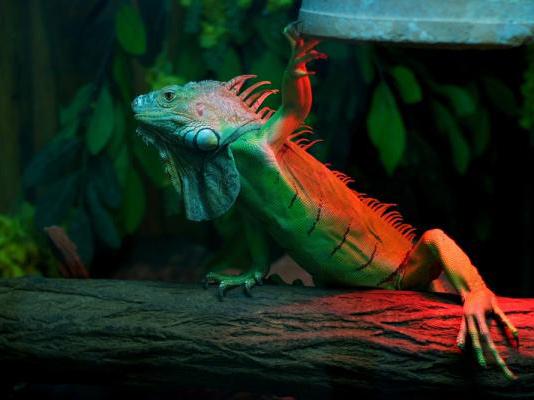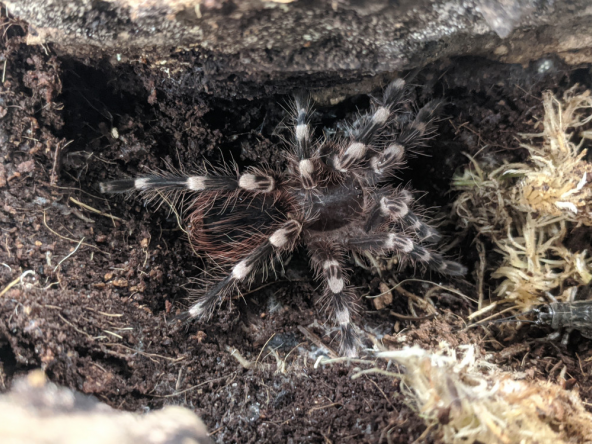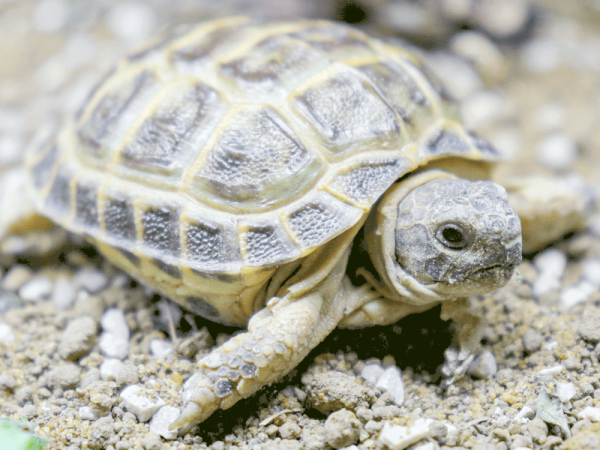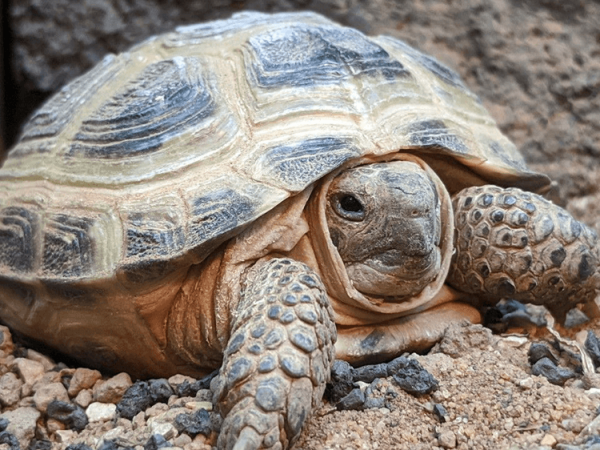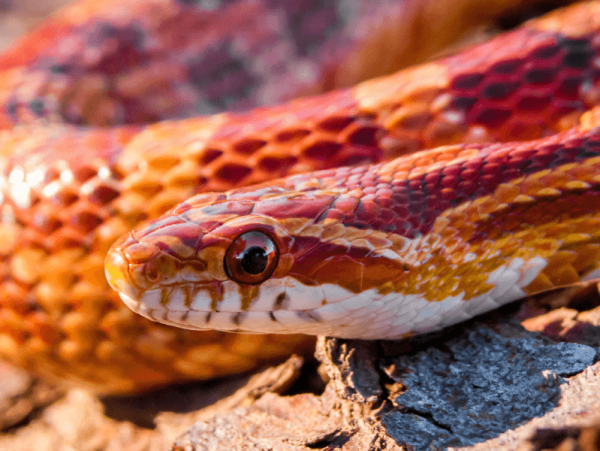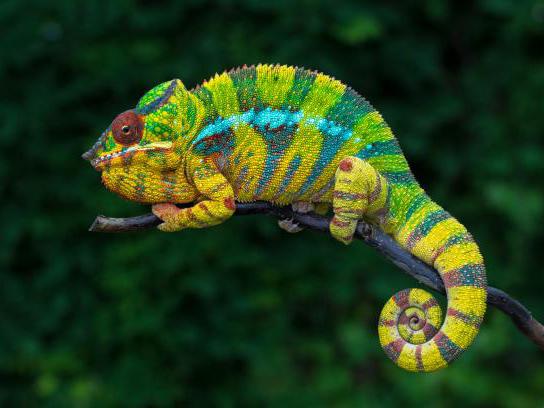How much UV lighting do reptiles need?
The UV lighting question is something we get asked here at Swell Reptiles every day as more and more people join the hobby, but the trick to answering the question of how much UV lighting do reptiles need, is found by understanding the different kinds of UV light, and the particular species of reptile you are keeping.
When shopping for UV lighting you can find many top brands, like Exo Terra, Arcadia and Reptile Systems, right here on Swell Reptiles.
UVA and UVB light
UVA light is made up of longwave ultraviolet radiation light given off by the sun. It's part of what lights our day and gives the earth warmth, and this is the same for reptiles. Getting your reptile's daytime lighting correct is essential for generating the right temperatures for them to thermoregulate. Cold blooded, they need warmth from the sun to maintain their bodily functions, and a quick internet search for your species of reptile should yield you the correct temperature range.
While UVA is a little more simple, and other non-light emitting sources like ceramic heat bulbs can help with heat, UVB is the one that causes all the fuss in the reptile keeping world.
UVB light is shortwave ultraviolet radiation, and it is needed by your reptile to generate Vitamin D3 in their bodies. This essential vitamin aids the conversion of calcium in your reptile's diet into strong bone mass, helping them to grow and develop a strong skeleton structure (or shell too, in the case of tortoises and turtles) and to help their joints move better.
Without Vitamin D3, all the calcium added to your reptile's diet, whether naturally occurring or dusted on using calcium dust supplements, is put to no use, leading to serious problems like metabolic bone disease (MBD). This is bad, as it means your reptile's skeleton hasn't developed properly and cannot support their weight, often causing huge amounts of pain when moving and may cause the crushing of internal organs.
Left unchecked, it is fatal.
Sources and quantities of UVB light for reptiles
Now you know the importance of UVB light for your reptile, you can begin ensuring they have a reliable source of it. Each type of reptile requires a different amount of UVB light to function, and this is largely determined by the area of the world they evolved in.
At the top end of the spectrum, desert reptiles require the largest amounts of both UVA and UVB light. This is because most desert areas are close to the equator, where hotter and more intense climates are found. While temperature and day/night cycles vary between species, most desert reptiles will require 10% - 12% UV light, which can be achieved either with a UV fluorescent strip (great for ensuring all the vivarium is lit up with UV), or a compact bulb (more precise areas) or with a mercury vapour bulb (simulates the sun with 12% UVB, plenty of heat, and plenty of natural light).
Rainforest reptiles are the next in line. Rainforests aren't found too far from the equator either, usually around the tropics of Cancer and Capricorn. However, this proximity to the equator is diminished in terms of UVB light due to the dense rainforest canopy, which blocks out most of the light available.
Because of this, rainforest reptiles are best kept with around 5-7% UVB light to help them generate the vitamin D they need for strong bones.
Odd One's Out
The reptile keeping world is a funny one, and although most species commonly kept at home fall into either the desert or rainforest categories, there are always a few that don't.
Most European tortoises are best kept with around 5% UVB, and 2% at the least, so check your species online or consult a reputable book to be sure.
Turtles too need around 5% for dietary vitamin D3 to grow hard shells.




